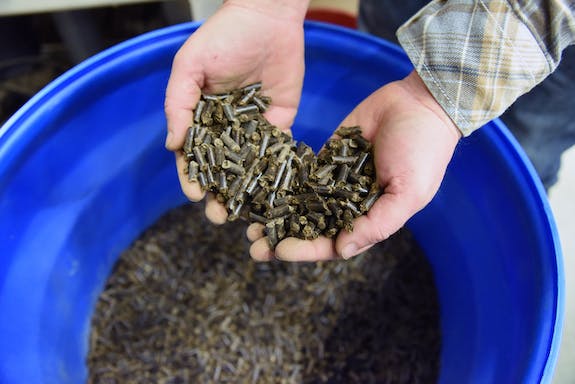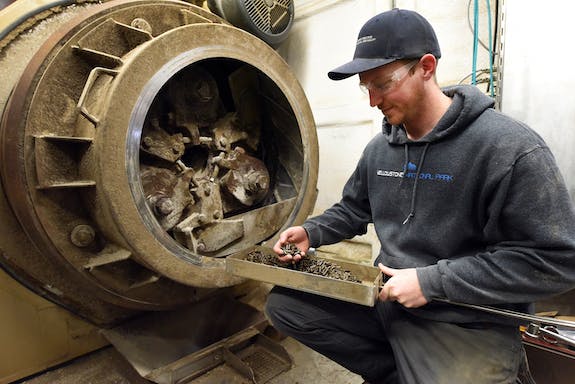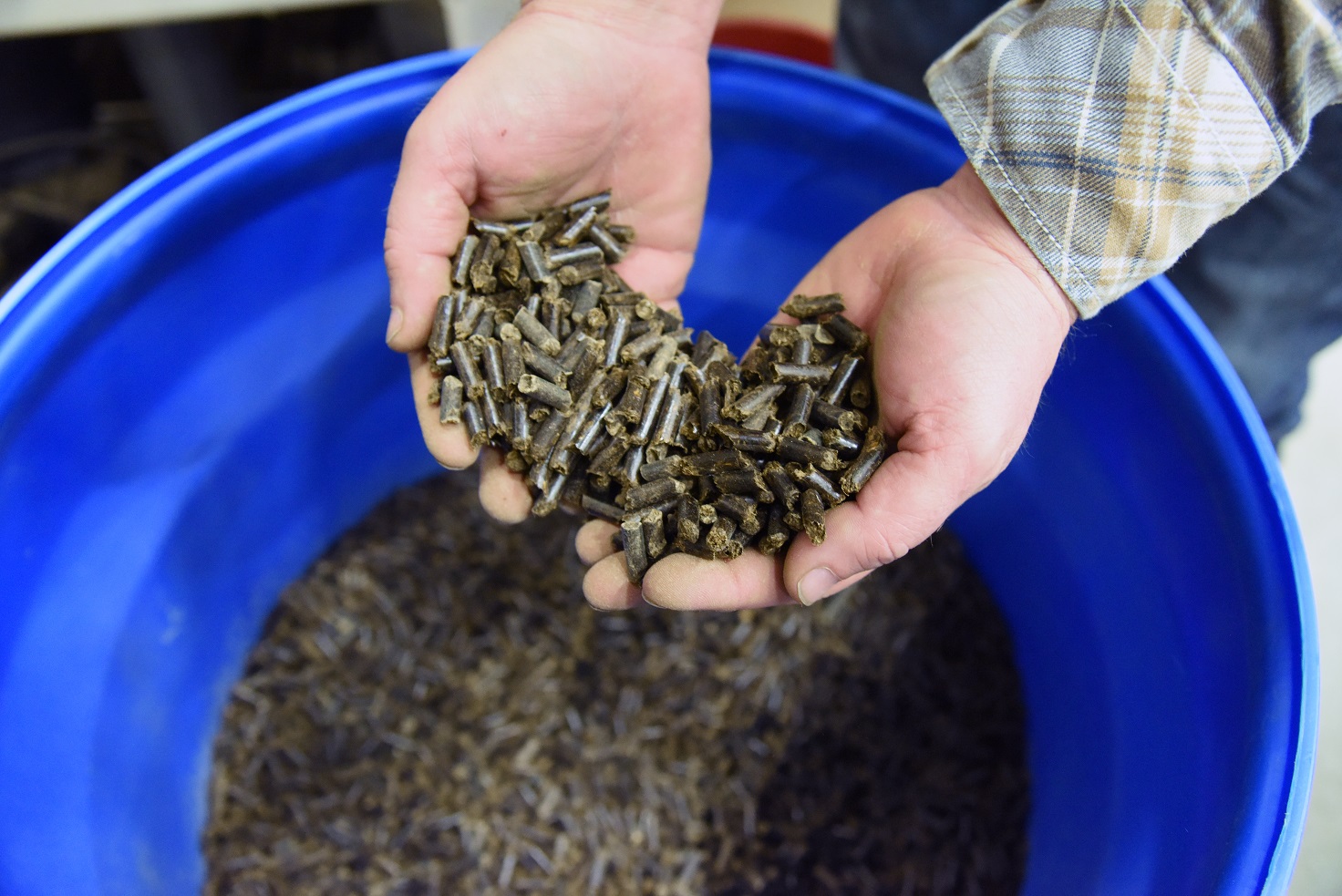The world could be catching up with researchers who have long recognized that organic material – everything from corn stalks to municipal solid waste – can be used as both a source of renewable energy and as raw material for advanced manufacturing.
Recognition has come most recently from Frontiers Media, a Switzerland-based academic publisher of online peer-reviewed scientific journals. Judges for Frontiers named a research topic compiled and edited by two biomass researchers at Idaho National Laboratory and a colleague at the University of Tennessee to be among the 10 finalists for their 2019 Frontiers Spotlight Award.
A research topic is a peer-reviewed special issue on a specific theme that brings together leading journal articles from different institutions and organizations. Frontiers published more than 1,000 of these in 2019, on topics ranging from cancer immunotherapy to pathogen-free food to emerging viruses.
FRONTIERS SPOTLIGHT AWARD

Established in 2018, the annual Frontiers Spotlight Award is intended to support emerging and important fields of research. Each year, research topics from the previous year are shortlisted according to their scientific and editorial excellence, international reach, subject novelty and interdisciplinary nature. A jury, drawn from members of the Frontiers editorial board, is then tasked with evaluating the short list to select a final winner.
With their research topic “Advancements in Biomass Feedstock Preprocessing: Conversion Ready Feedstocks,” Dr. J. Richard Hess and Dr. Allison Ray of INL and Dr. Tim Rials at the University of Tennessee made themselves eligible for the award. The top prize included a $100,000 award to organize an international scientific conference on the theme of their research topic.
Although judges selected “Coral Reefs in the Anthropocene” as the winner, placing in the top 10 was a high distinction, said Hess, director of INL’s Energy and Environment Science & Technology Program Office. “It’s like the Grammys — it’s a huge honor even to be nominated,” he said.
“And, now that the individual papers have been compiled into an eBook by Frontiers, it’s even easier to obtain this valuable collection of work,” Rials added.
WHO COLLABORATED?
Working with other national labs as well as partners in industry and academia, INL has experimented for decades with feedstock development technologies aimed at addressing vulnerabilities in biorefineries’ supply chains. Support has come from the U.S. Department of Energy’s Bioenergy Technologies Office.
The “Advancements in Biomass” research topic includes 24 articles from 145 authors representing more than 30 research institutions, universities and companies. Four national laboratories – INL, National Renewable Energy Laboratory, Oak Ridge National Laboratory and Lawrence Berkeley National Laboratory – contributed to the issue.
Since the topic posted online, it has received more than 44,000 page views, and its papers have been downloaded more than 4,000 times by a global audience. “I think it definitely enhanced the visibility of the research we’re doing,” Ray said.
HOW THIS HELPS THE BIOENERGY INDUSTRY
The “Advancements in Biomass” issue makes the case that for all the promise to be found in biomass, refineries will have a hard time operating effectively or at a profit without raw materials that are consistent in quality and steady in supply. Biomass variability, especially moisture content, affects how much material can be processed into fuel each hour. As a result, many of today’s first of a kind cellulosic biorefineries operate at below 50% of their designed capacity.

The challenge, the editors said in their online introduction, is uncertainty: “Variable quality and availability of biomass feedstocks are critical barriers to economical biofuel production. But this research shows how preprocessing can help provide a predictable, consistent supply of conversion-ready biomass.”
The studies collected in “Advancements in Biomass” give plenty of cause for optimism, the editors said in their summary. With consistent feedstock production, the bioenergy industry could follow the same path as the grain industry, which was a limited, local resource in the days of stone milling and exploded to an international mega resource with the advent of fractional milling, which made large-scale production of noodles and breads possible.
Being selected as a Frontiers Spotlight finalist for 2019 will accelerate research in the field. “This whole area is getting to be recognized as a critical need to make bioenergy systems work,” Hess said.





